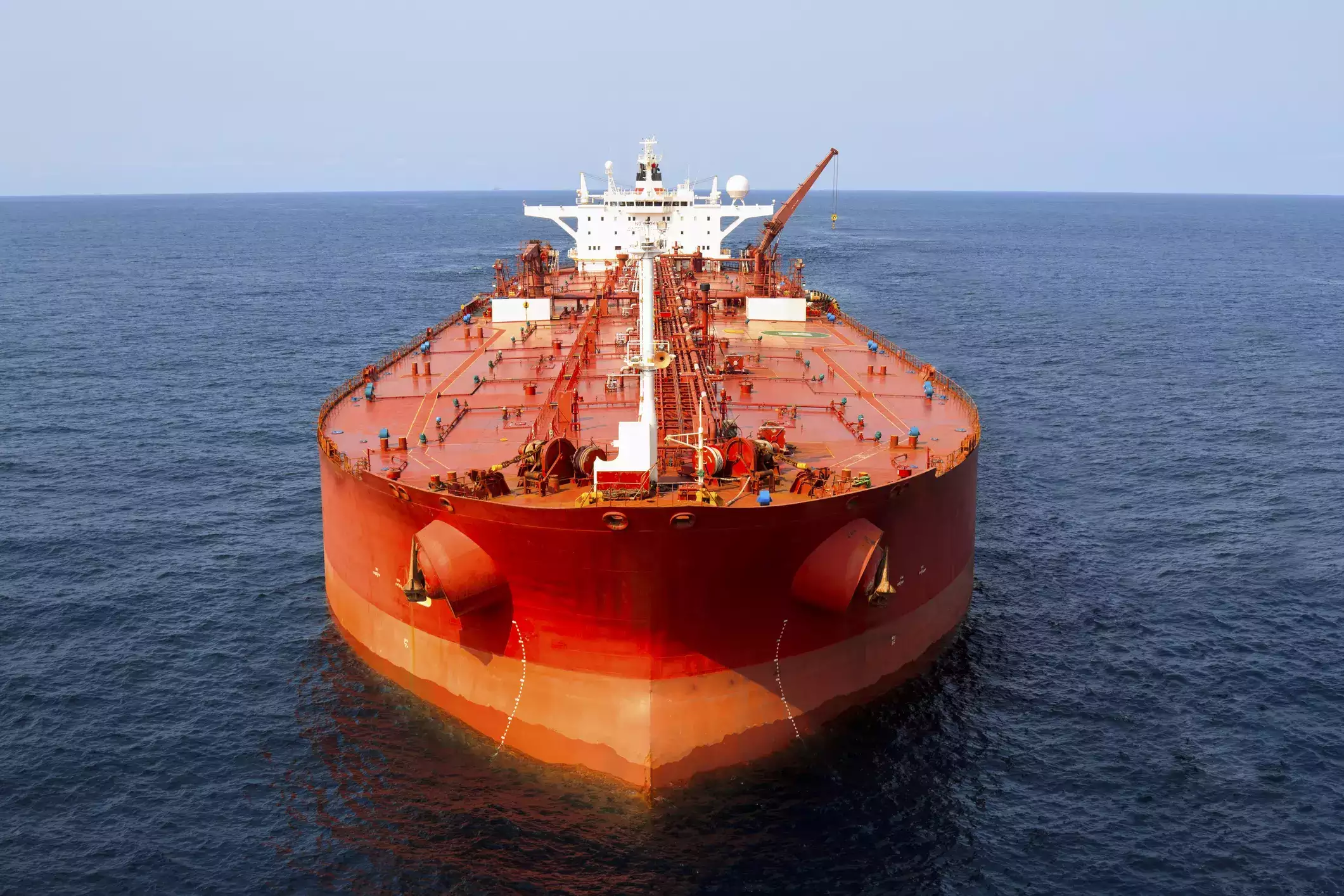
Currently, only four container ships worldwide are capable of sailing on so-called green methanol, popularly known as wood alcohol. But the pioneer vessels will soon be joined by many more as shipping companies around the world have ordered around 150 container vessels capable of sailing on methanol. In other words, significant investments have been made, which has created a surge in demand for green fuels. At the same time, we experience a burgeoning yet nascent bio- and e-methanol production industry.
Despite these positive trends, the green transition of shipping is under pressure, mainly due to the price difference between green and fossil fuels and the lack of a global pricing mechanism to level this difference. It is significantly more expensive to transport via green fuels than it is to do as the industry usually does – to use fossil fuels. The bill is so large that no shipping company can cover the cost alone.
There are two answers to this challenge: Either the cargo owners – and ultimately the consumers – must pay the premium for greener freight, or the International Maritime Organization can implement ambitious global regulations to even out the price difference.
If we look at the cargo owners, in particular some consumer-oriented companies, they prioritise green transport. This is, among other things, because it is also clear that the additional cost for, for example, a pair of shoes will ultimately be minimal.
The number of willingly paying companies is expected to increase as more of them set ambitious climate targets for their supply chains. But right now, these cargo owners are far from strong enough in numbers to help achieve the goal of limiting the global temperature increase to 1.5 degrees, as prescribed by the Paris Agreement. Therefore, regulation is necessary.
Shipping is regulated through the UN via the International Maritime Organization, IMO. Last summer, it was here that the Member States decided to establish a global fuel standard and a price mechanism for greenhouse gas emissions. The technical details of these two ambitious but necessary measures must be in place by 2025. The main purpose should be to equalise the price difference to make the green choice commercially viable. At the same time, a solution must include all types of green fuels that meet certain criteria for greenhouse gas reductions – for example, green methanol, but it could
also be second-generation biofuel.
The important thing is not what type of green fuel it is but that the focus is on the fuel’s entire journey from production to combustion. A price mechanism must also be fair and equitable to include support for the energy transition of developing countries. The Green Balance Mechanism (GBM), which the industry has proposed, takes all these elements into account. The idea is to tax fossil fuels to make green fuels cheaper.
Moreover, the GBM secures just transition by first applying the minimal fee needed to secure cost parity and, second, by collecting a fund to distribute revenue to support the transition and R&D in developing countries. By doing so, we can ensure that the IMO measures will not imply disruptions to global trade and developing economies.
Transport and logistics companies can take many actions to ensure a green transition for their business. They can set ambitious goals, invest in vessels that can run on green fuels, in EV trucks, terminals powered by renewable electricity, warehouses with solar cells on the roof and much more. But they will not get all the way to net zero fast enough until more equal market conditions are created for green fuels. That is why the Green Balance Mechanism must be supported.
India’s strategic location with proximity to major shipping routes, unique agrarian profile offering abundant biomass resources, vast solar and wind resources, ambitious targets, policy framework and investment in the production of technologies for renewable energy, green hydrogen and biofuels drive an overall conducive environment and tap into the global market and be an export hub.
As the G20 Chair, India initiated the Global Biofuel Alliance to foster collaboration, accelerate biofuel technology advancements, and promote biofuels, offering export opportunities for Indian industries. Partnerships in energy transition-related technological advancements, R&D and financing are an integral part of the ongoing Free Trade Agreement talks with the EU and the UK. Under the India-Denmark Green Strategic Partnership, a Green Fuels Alliance India was launched in January 2024 to catalyse business opportunities, strategic partnerships and financial investments between the Indo-Danish actors covering green fuels. India-Singapore ongoing discussions to supply green hydrogen and ammonia for exports via the bunkering hub in Singapore, who will, in turn, invest in Indian green energy projects, are only a few of the several G2G engagements.
A global assessment of green fuels identifies India as one of the highly attractive locations for green fuel development. India is well-positioned to advance its strategy and take a meaningful market share in shipping’s global green fuel market. To fast-track achieving this ambition and competing on a level playing field, it is recommended that India leverages its strong position and continues supporting the global pricing mechanism at the IMO.
The green transition is not a task any one company can do alone: The industry needs to work together with its ecosystem including fuel producers, fuel infrastructure providers, competitors, politicians, terminal operators, suppliers, and customers.
It is historic to see an industry come together and jointly ask to be regulated through the GBM proposal. But it is also needed. We must address the climate crisis with urgency. A global regulatory framework under the IMO that levels out the price gap between green and fossil fuels is the best way forward towards a greener shipping industry.
Disclaimer: The copyright of this article belongs to the original author. Reposting this article is solely for the purpose of information dissemination and does not constitute any investment advice. If there is any infringement, please contact us immediately. We will make corrections or deletions as necessary. Thank you.





